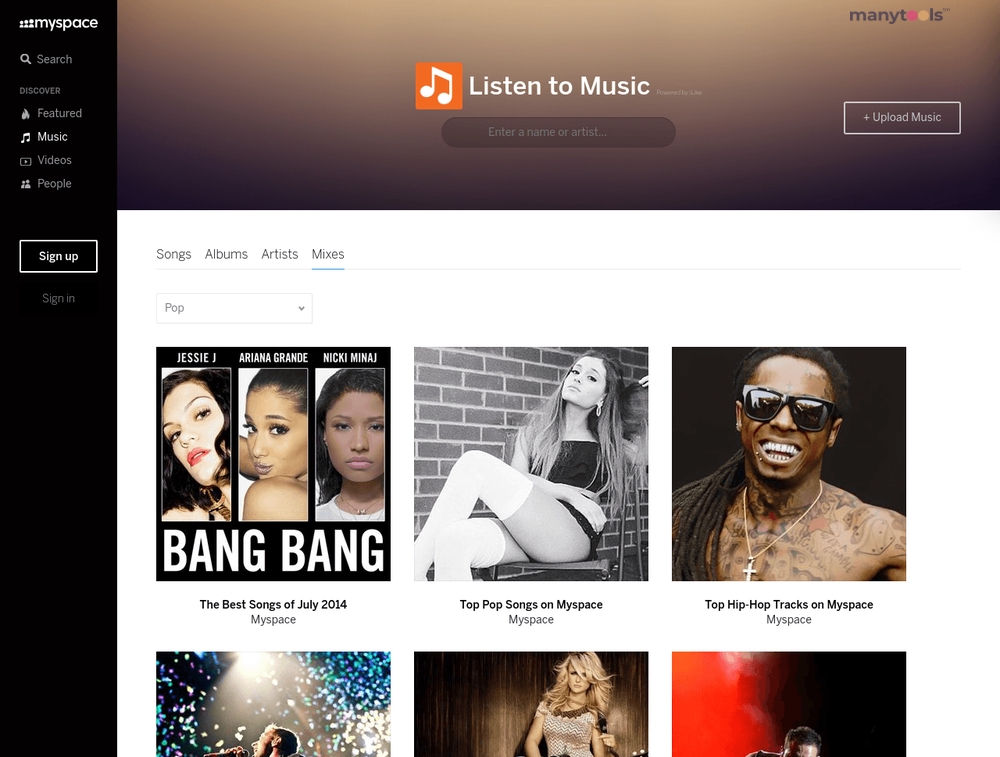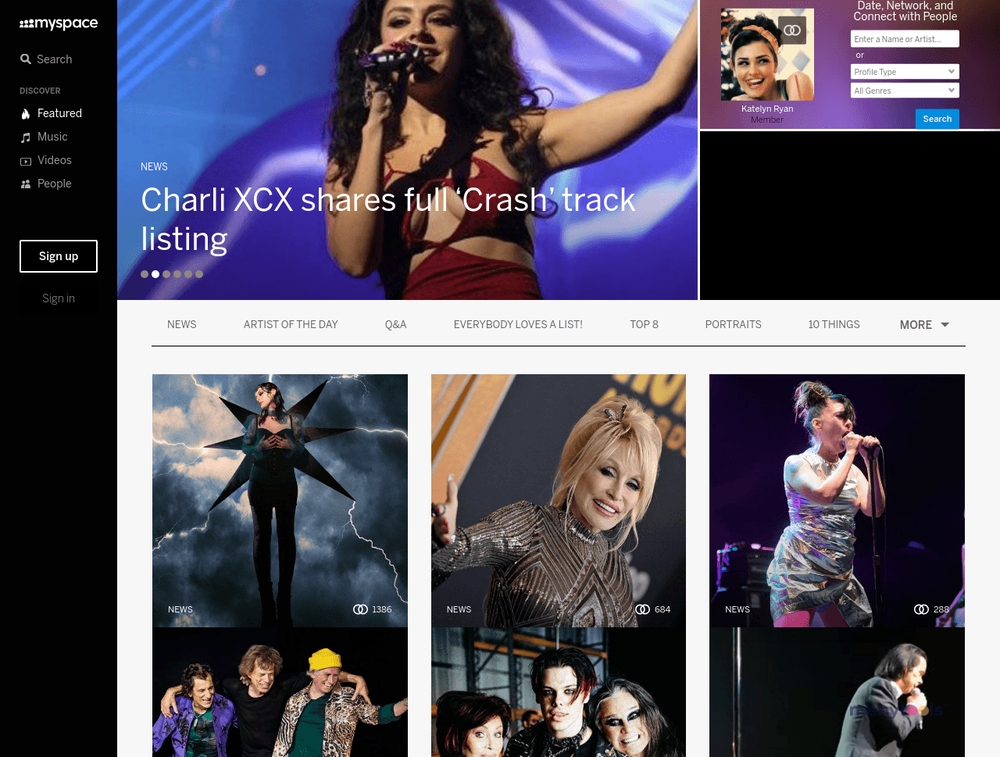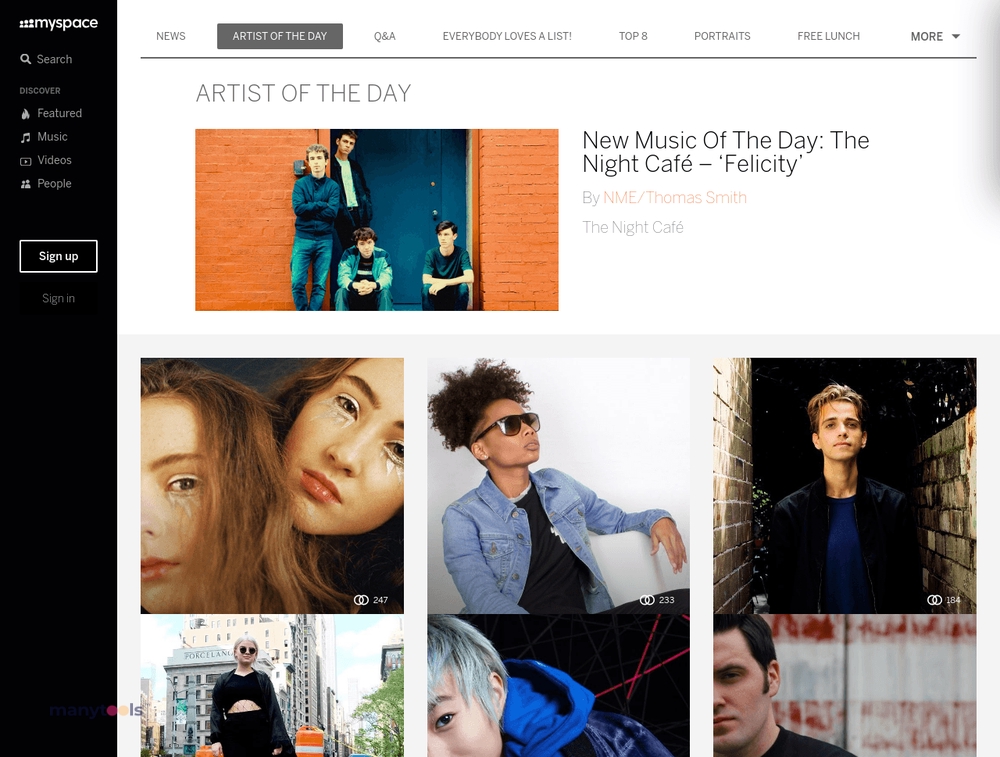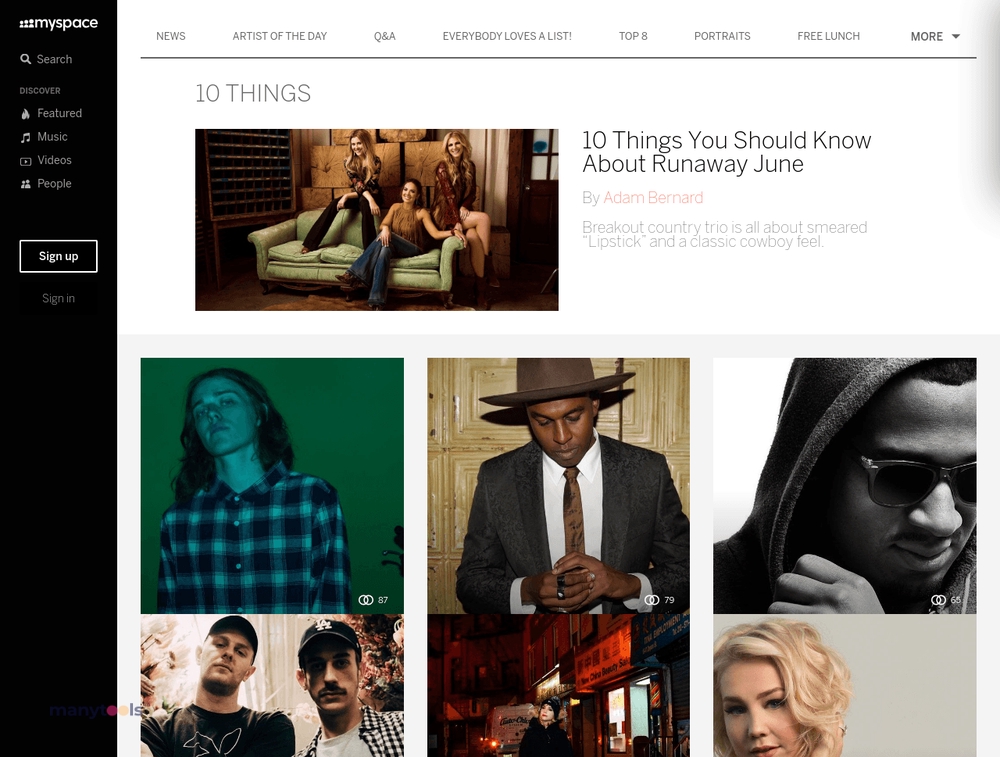



The heydays of MySpace
Once upon a time, the name MySpace was synonymous with social networking. Launched in 2003, MySpace quickly became the largest social network platform worldwide by 2005. A haven for social interaction, its key features centered around customizable user profiles, making it a sphere of creativity and individuality for its users. Being able to personalize profiles with HTML and CSS code, users could truly make the space their own, embedding videos, images, and even music players. This immense personalization became a trademark of MySpace and was instrumental in its widespread popularity.
MySpace - A stepping stone for musicians
One of the unique factors contributing to MySpace's roaring success was its focus on music and emerging bands. As a primary platform for musicians to promote their content, artists could upload their music directly onto their profiles, enabling fans to share and engage with tracks. Numerous independent and mainstream artists owe their popularity to MySpace, reinforcing its crucial role in the world of music. Today, while its user base has waned, it remains a central hub for promoting artists and music discovery.
Interactive and dynamic social features
Social networking was transformed with MySpace's "Top Friends" feature, a cultural phenomenon allowing users to display their closest friends. Coupled with the ability to send public bulletins, partake in groups, contribute to a blogging platform, and share photo albums, MySpace embodied interactive user experiences. The platform also incorporated a private messaging system, ensuring seamless communication between users, and MySpace IM, enabling real-time chats with online friends. These capabilities, in combination with the possibility of joining groups based on shared interests, made the platform a paragon for social intermediation.
Evolution of MySpace
Despite its decline in the early 2010s, MySpace is till regarded as a pioneer in the world of social networking. It's a testament to the platform's impact that it still stands today, even if it doesn’t dominate the social media space anymore. The key difference in today's MySpace is its narrowed focus on entertainment and music, with an emphasis on bolstering artists and facilitating music discovery. Features like MySpace TV exemplify this shift, providing a platform for users to share and upload videos, as a precursor to successful video-sharing platforms like YouTube.
 MySpace offers customizable user profiles for individualized design.
MySpace offers customizable user profiles for individualized design.
 It served as a major platform for musicians and bands to promote their music.
It served as a major platform for musicians and bands to promote their music.
 Features such as "Top Friends" allowed users to showcase their key friendships.
Features such as "Top Friends" allowed users to showcase their key friendships.
 Users could communicate through private messaging and public bulletins.
Users could communicate through private messaging and public bulletins.
 It provided a blogging platform and various user-interest groups.
It provided a blogging platform and various user-interest groups.
 There were numerous multimedia sharing options, including photos, videos, and music.
There were numerous multimedia sharing options, including photos, videos, and music. MySpace's popularity has significantly declined since the rise of other platforms like Facebook.
MySpace's popularity has significantly declined since the rise of other platforms like Facebook.
 The customizable profiles could sometimes lead to cluttered and confusing page layouts.
The customizable profiles could sometimes lead to cluttered and confusing page layouts.
 The 'Top Friends' feature may lead to social drama among users.
The 'Top Friends' feature may lead to social drama among users.
 Its major focus is on music and entertainment, which may not appeal to all types of users.
Its major focus is on music and entertainment, which may not appeal to all types of users.
 Features like bulletins were often misused for sharing spam content.
Features like bulletins were often misused for sharing spam content.
 MySpace is not as active or widely used as it used to be, limiting interaction opportunities.
MySpace is not as active or widely used as it used to be, limiting interaction opportunities. Frequently Asked Questions
Find answers to the most asked questions below.
What was MySpace primarily known for in its prime?
During its peak in the mid-2000s, MySpace was recognized for its unique customizable user profiles focused on music and entertainment. It became a big platform for musicians and bands to promote their music, and fans could listen to and share tracks directly from artist profiles.
How could users personalize their MySpace profiles?
Users could personalize their MySpace profiles using custom HTML and CSS codes. They were able to create unique designs, embed videos, images, and even music players on their pages.
What social features did MySpace offer to its users?
MySpace offered numerous social features such as "Top Friends" lists, public bulletins, blogging, private messaging, and interest groups. Users could also upload and share photo albums and tag friends in photos, and there was an instant messaging feature for real-time chats.
How did MySpace contribute to the music industry?
MySpace became a significant platform for both independent and major artists to promote their music. Artists could directly upload their music to their profiles for fans to listen to and share, thus gaining popularity.
Did MySpace have any form of video sharing?
Yes, MySpace had a video-sharing feature called "MySpace TV", which allowed users to upload and share videos. This feature was a precursor to sites like YouTube.
What is the current status of MySpace?
Although MySpace lost much of its user base by the early 2010s, it still exists today, primarily focusing on entertainment and music. The platform continues to promote artists and music discovery to its audience.
Categories Similar To Social Networks & Communities
1 / 72
Myspace
Tools






















.svg)







